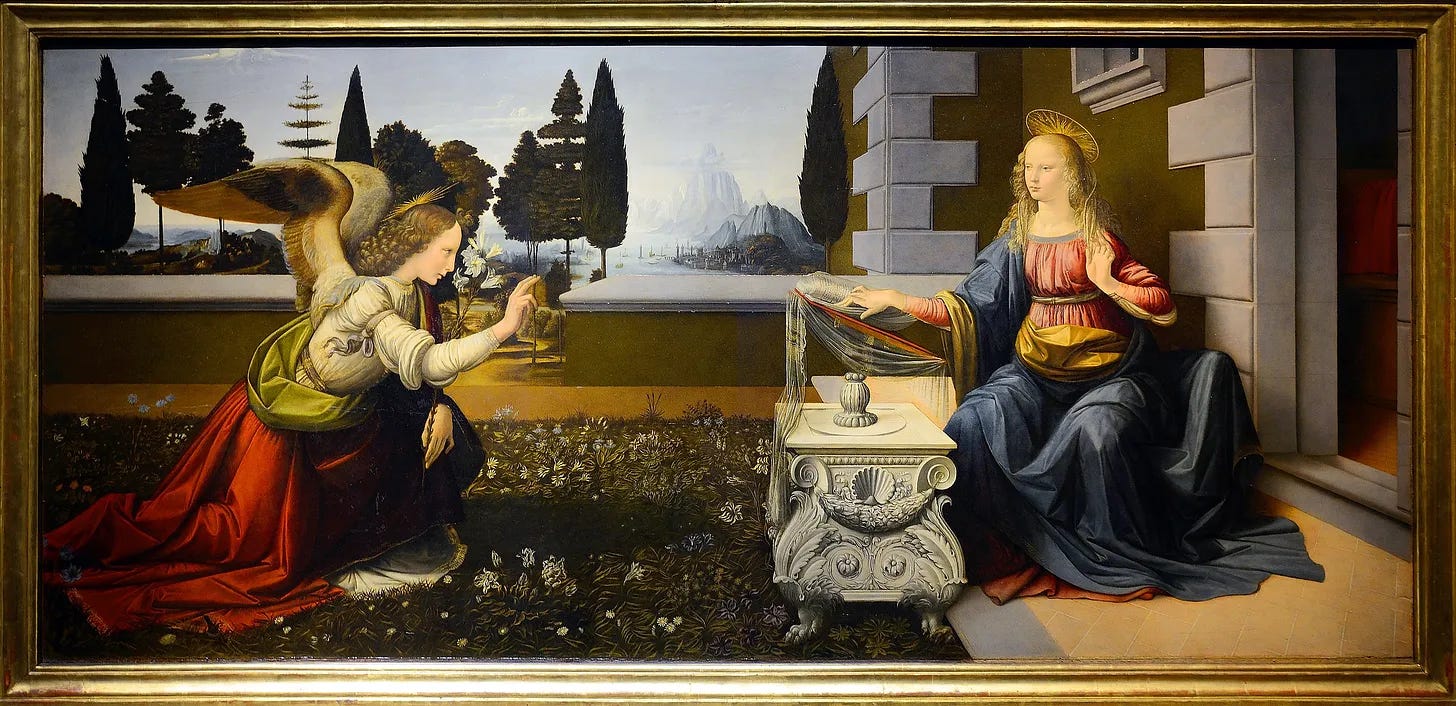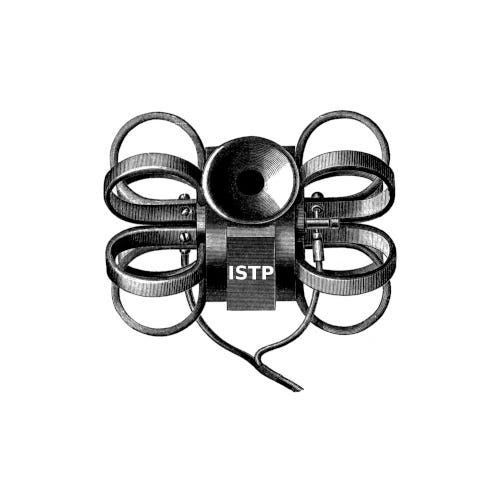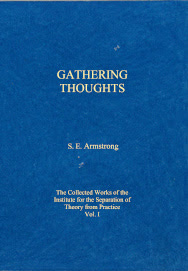The Annunciation
Morandi, Giotto,and da Vinci
Leonardo da Vinci, The Annunciation, c. 1472-76, oil and tempera on wood, 98cm x 217cm, 39” x 85”
I am in Italy, I have seen da Vinci’s Annunciation, I have seen the collection of Morandis in Bologna, I have seen Giotto’s chapel, and I am changed for the better.
Da Vinci’s Annunciation is on a panel well over an inch thick, and it looks like it was painted while already framed or clamped in some way, perhaps to hold the boards perfectly flat while adhesives cured. There’s a quarter inch of raw wood edge all around the image with no paint or gesso. These are things I couldn’t learn from books. I crossed the ocean to see it, to see its physicality, to see how it was made by a human, and to see how its scale is very reasonably domestic.
There is a strange torque to the photo I took of the painting due mostly to my rushing because of the crowds. I was sloppy with the vertical on the right hand side of the photo. And to be honest, as much as I’d like to, I really can’t blame the lens for the torque, the fault lies with the photographer. To see the torque, notice that the top left of the painting is leaning to the right and the top right of the painting is leaning to the left. That’s quite the twist.
I don’t have any access to photo- editing software to, at the very least fix some of the the key-stoning, but that might all be fine, given that da Vinci’s painting is so flat and lateral. It’s as good as sideways as if it were rolled on like horizontal wallpaper. So I suppose I am saying that my flawed photograph is similar to the interpretation I am about to share.
It’s interesting that Mary seems to be on a deeper level than the angel, it’s as if the angel’s message were delivered from the level of the ‘real’ (the actual painted surface) down onto Mary’s virtual level below the picture plane. The ornate table holding the Scriptures is also on the same level as the angel which, from a theological point of view, makes perfect sense: The word of God would also be on the level of the real. The painting, with its multiple layers - angel and scripture, Mary, back wall, trees, and mountains are like the ambiguous meanings of the words in a poem. It is a series of layers like the effect of a telephoto lens peering into a Renaissance perspective.
And then there’s the matter of the flowered lawn that seems tilted up to a slightly higher horizon. This also makes perfect sense since angels and mere mortals do not walk on the same ground. The lawn is also divided in two by the impossible double light source shadows from the angel as if they were instead the head-and-shoulders shadow of God brooding over the abyss from the left wing. And the strange trees are a wonderful, theatrical backdrop.
The whole thing is so weird I wonder whether da Vinci ever bought into the metaphysics of Christianity. He may have considered the Christian world-view as no more than a complex metaphor. In 1472 that was most certainly a sophisticated opinion you’d keep to yourself. There’s a lot going on here, and I find da Vinci‘s Annunciation to be his most interesting work.
I bought a reproduction of this painting when my first child was born and I taped it to the underside of our dining room table to make a strange surprise that might never be noticed. My father had a grand piano, and there’s nothing like the childhood experience of lying on the floor underneath a grand piano listening to Rachmaninoff. I don’t play piano so the Annunciation was my best shot at sudden beauty.
I’ll write something about Morandi and Giotto another day.
The first image is just an iPhone photo by me, and the second one with the dopey frame was grabbed from Wikipedia. If I had access to photoshop I would’ve cropped it off.
The ISTP Gallery is my other publication. It's visual art by people other than me. I guess that makes me a curator. Like Wegway, it’s also infrequent and irregular, about once a week more or less.
Bringing more visual art to SubStackWorld
And don't forget about my book. If only you knew about it, you'd probably want it.
An imaginary author named André Questcequecest has made his writing career by almost exclusively quoting other writers. This fair-use collage of ideas produces an expanded understanding of Western cultural history and an individual's immersion in that context. The quotes range from the Pre-Socratics to contemporary art theory, along with numerous artists, poets, composers, philosophers, theorists, mystics, and an assortment of unexpected eccentrics.
S. E. Armstrong is a visual artist, writer, and former Editor/Publisher of the art magazine Wegway Primary Culture. André Questcequecest was the magazine's Quotes Editor, and Wm. F. Krendall (also imaginary) was Wegway's Mysterious Advisor. Krendall contributed a preamble and introduction to this volume. [“Questcequecest” is French for “What's that?” with all the apostrophes and hyphens removed].
This is a collection of four works collected in one 229 page book: Gathering Thoughts 2021 , The Pomposius 1995, The Science Wars 2004, and The Communist Manifesto with all Words Functioning as Nouns Removed 2001 to 2010.
Spoiler: The final words in the book are, “And so ends the old world. Peace be with you.”
It’s now available for sale for $20 USD, $24CAD, 14.50 EUR, 12 GBP, $23 AUD.
If you buy it through Amazon, Barnes & Noble, or Ingram they will take approximately 90% or more of the cover price, but if you buy it at lulu.com the split is closer to 50-50.







Such a gentle appraisal. Much appreciated. Looking forward to the next observations. Enjoy the pasta and gelato...we'll get more vicarious pleasure from that as well. Cheers.